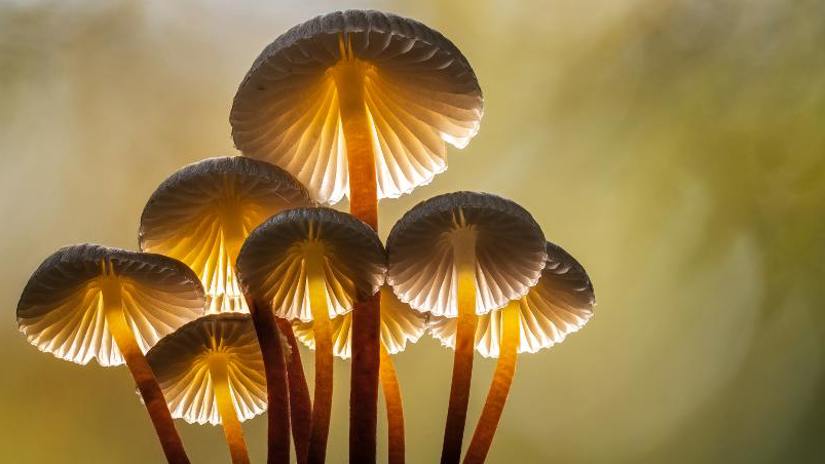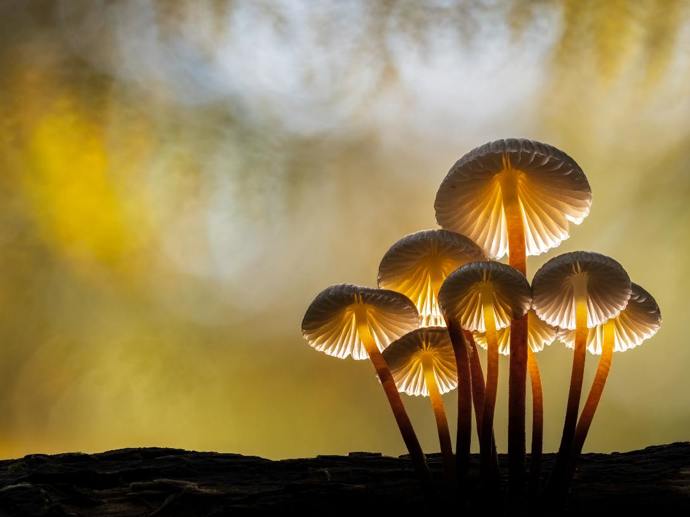Common name: wasp beetle
Scientific name: Clytus arietis
Family: Cerambycidae
Habitat: woodland, hedgerows, parks and gardens
Predators: birds
Origin: native
A sheep in wolf’s clothing, the wasp beetle gets by looking much more threatening than it actually is. Its larvae feed on dry deadwood while adults collect pollen from flowers.
Common name: wasp beetle
Scientific name: Clytus arietis
Family: Cerambycidae
Habitat: woodland, hedgerows, parks and gardens
Predators: birds
Origin: native
Adults: aptly named, the wasp beetle has a black body with yellow wasp-like stripes and brown legs.
Larvae: are small white grubs that live in deadwood like old fence posts.
Not to be confused with: the common wasp, which has wings.

Credit: Richard Winn / Alamy Stock Photo
Larvae feed on deciduous dead wood. Adult wasp beetles feed on pollen, though females will sometimes eat small invertebrates for any extra protein needed to produce eggs.
The wasp beetle mimics real wasps to put off predators. It not only looks like a wasp, it also mimics the sideways walk of a wasp when collecting pollen from flower heads.
Female wasp beetles lay their eggs in decaying wood, and the larvae live in and feed on the wood until they grow enough to pupate and emerge as mature beetles.
The adult beetle has a relatively short life, emerging in May to find a mate and reproduce. Once mated, the adult generation will die at the end of the summer.

Credit: Nick Upton / naturepl.com
The wasp beetle is widespread across the UK and can be found on the edge of woodland, in hedgerows and in gardens.
Look out for adult wasp beetles between May and July. You can see them feeding on flowers on woodland edges and in parks and gardens.

Credit: Joanne Rossi / WTML
The wasp beetle is common and not believed to be threatened.


Dead and decaying wood is one of any woodland's most important microhabitats. Learn more about why we need more of it, as well as the rare and endangered beetles, colourful fungi and other threatened wildlife that relies on it.